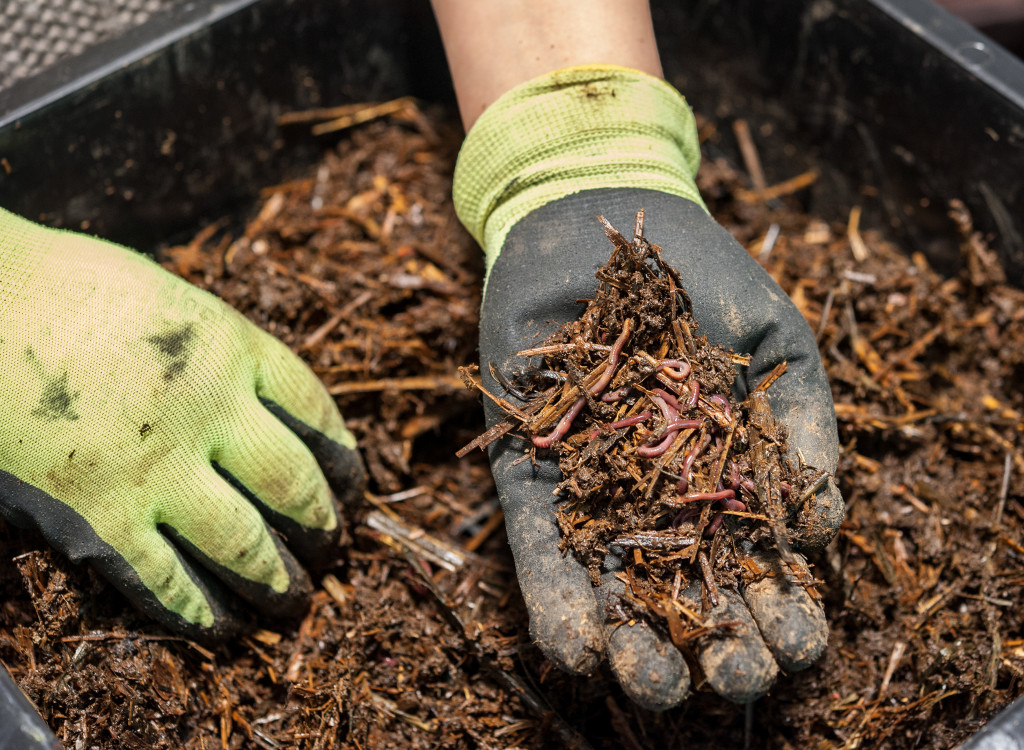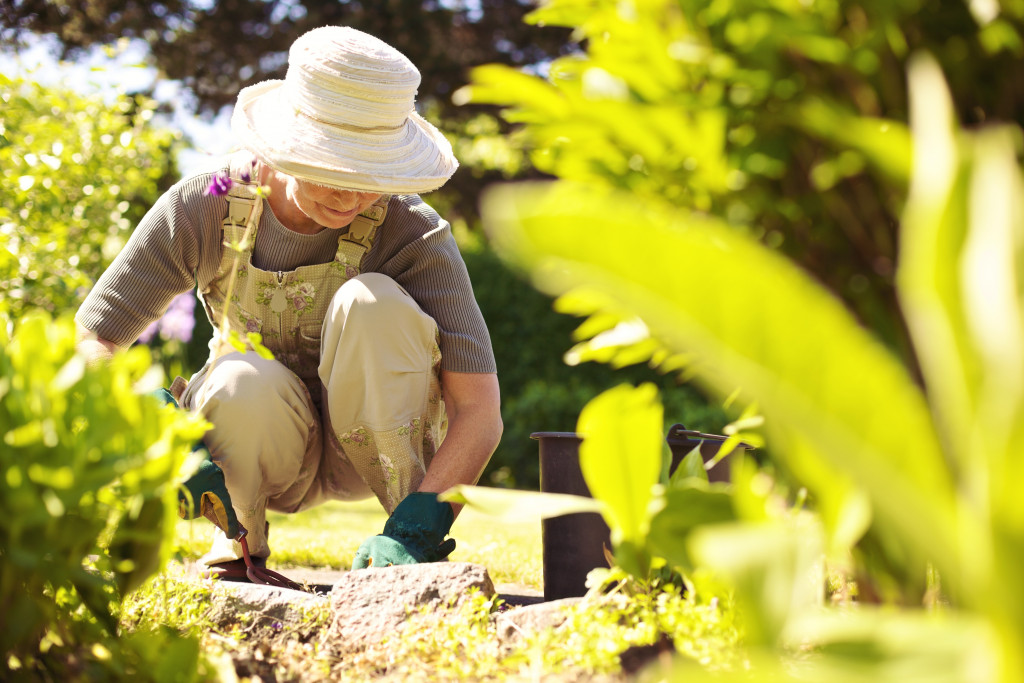Gardening takes a lot of time and effort. This challenge is the main reason why people get into gardening. However, what happens if the challenge is too much to handle? What happens if you can’t get healthy plants growing in your backyard no matter what you do?
This guide will help teach you the basics of growing plants. But first, it will require you to have bountiful knowledge of what makes your plants tick.
Research About Your Plants
The first step into growing healthier and happier plants is to know about them. Each plant has distinctive traits and characteristics that can make them flourish. You have to know their uniqueness to give them the essential care to thrive.
Researching is a massive step into growing healthy plants in your backyard. Thankfully, this doesn’t have to be complicated. You can purchase botanical books if you want an in-depth look into plants. These books will teach you every part of the plant you have and how to take care of them. You can even know the actual name of your plants, which can be interesting for some people.
However, if you don’t have the time to read 200-paged books, your next best option is to use plant-identification apps. There are many plant-identification apps in the market right now which are free. Those that have a subscription option even offer a detailed analysis of your plant and whether it needs professional help or not.
The last option you have is to read the information you need from the internet. Tons of websites talk about plants and how to take care of them, so you’ll never run out of options. Also, many influencers talk about their plants and how to take care of them.
Researching about your plants will take up a decent chunk of your time. But once you’ve achieved this necessary knowledge, you’ll know how to take care of them in no time.

All About Water
Plants require water. Everyone knows this. However, many amateur gardeners don’t know that certain plants need a specific amount of water. This is because plants require oxygen too, and they get it from the roots. Overwatering can lead to suffocation in certain plants because the water you’ve placed on the surface blocks oxygen access into the roots. Moreover, certain plants have unique attributes that can affect how much water they can absorb in a given amount of time.
It’s hard to tell how much water your plant will need. This is why some experts recommend getting an irrigation system installation service to help you out. These experts will know how much water your plants will need. They’ll even teach you how to arrange your plants so they can get the optimal water they need for the day. Some automated irrigation systems can even water your plants for you when you’re not at home.
Compost
Next in line is compost. Every healthy garden is filled with organic compost, not with artificial fertilizer. Artificial fertilizers can harm your plants, and they can also damage the environment. However, organic compost isn’t harmful to the environment when making them, so they are a far better option.
Creating compost can be pretty challenging initially, especially if you’re new to doing it. What you need is a big trashcan with punched holes and some scraps. You need to separate the scraps you’re going to need between green and brown scraps. Brown scraps are technically carbon-rich materials such as dry leaves and newspaper, while green scraps are nitrogen-rich materials such as food scraps and coffee grounds. It’s good to have more brown scraps than green scraps to 2:1 or 3:1 to ratio. But if you have plants that require a bit of nitrogen, feel free to add green scraps into your compost mix.
Mix green and brown scraps with soil, put them into your trashcan, and water them every two to three days. If it gives out an earthy smell or a mature-like smell, stop watering immediately and add some green scraps into the mix. Once the mixture becomes crumbly and quite solidified, it should be suitable for plant use.
The great thing about compost is that they reduce landfill and make your garden sustainable. Making homemade compost is also technically free, so making compost yourself should reduce your overall maintenance cost.
Get Rid of Bugs
Lastly, bugs can harm your plants. They can bite down leaves and even damage roots. You’d undoubtedly want to get rid of them but without the use of pesticides.
Your best option is adding bug-repelling technologies such as bug zappers in your backyard. LEDs can also help deter specific bugs from entering your backyard. Citronella candles can also repel all sorts of bugs away from your plants.
A healthy garden can make your entire neighborhood envious. Try these things out and see it slowly change your backyard into a more vibrant one.

